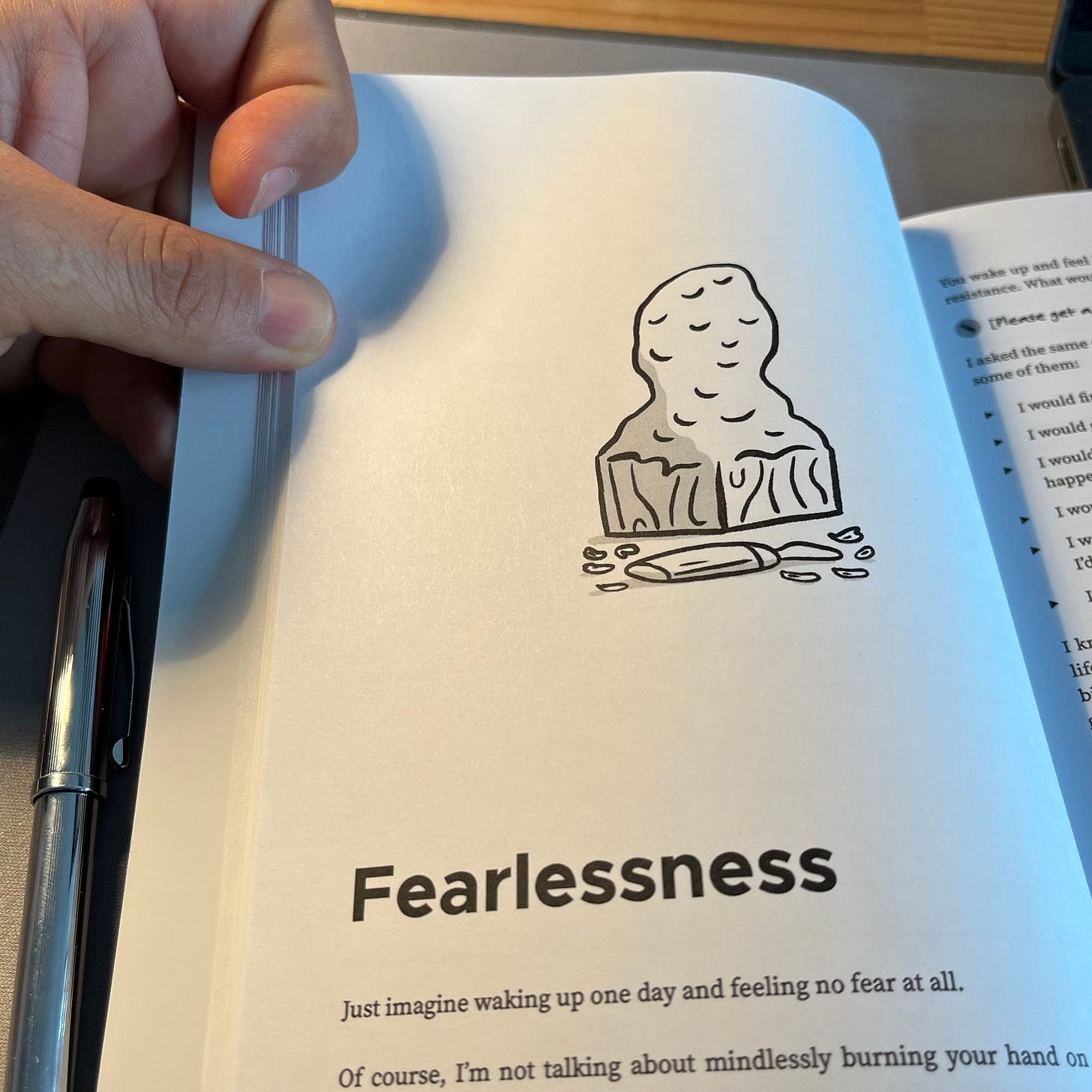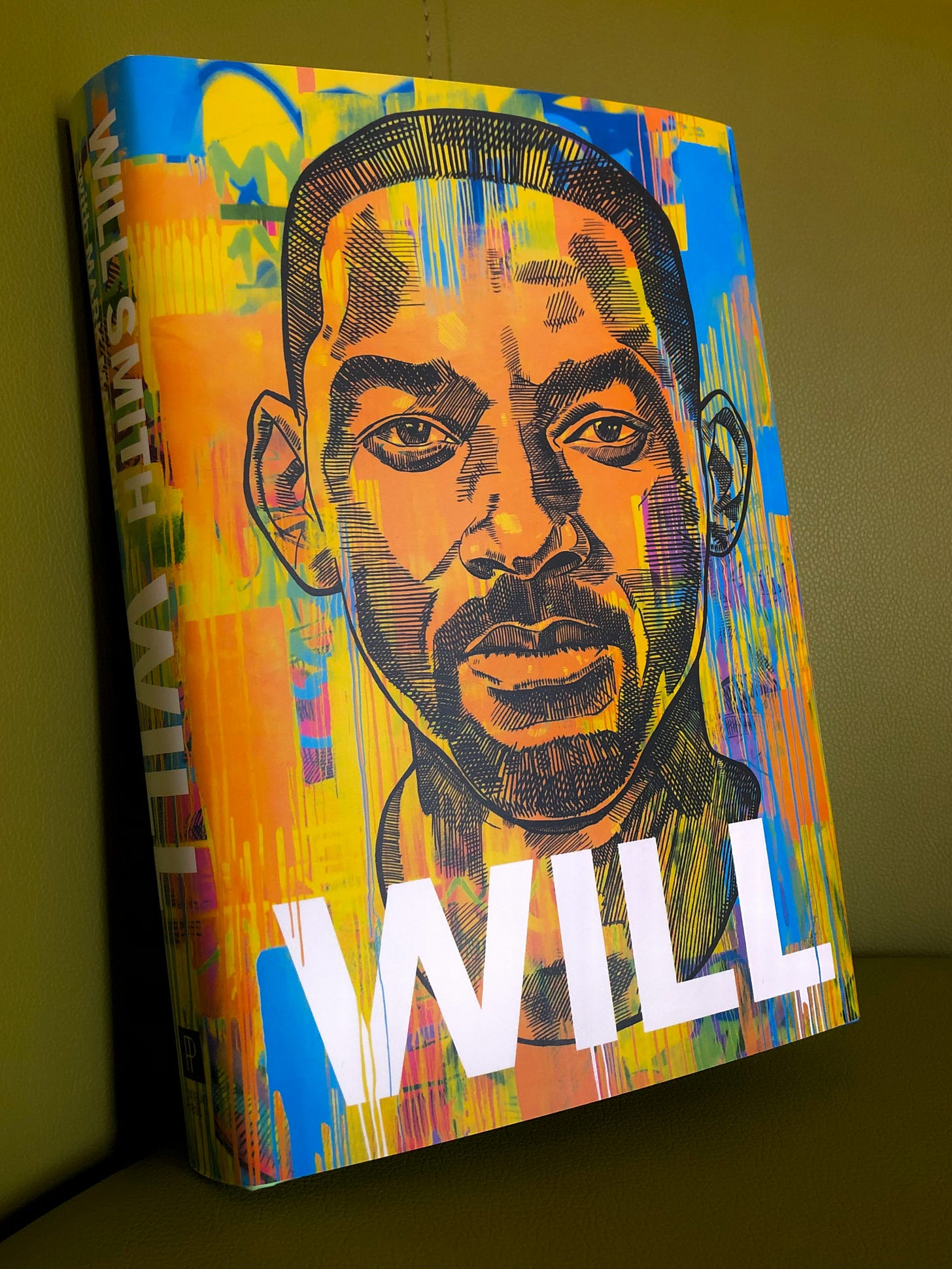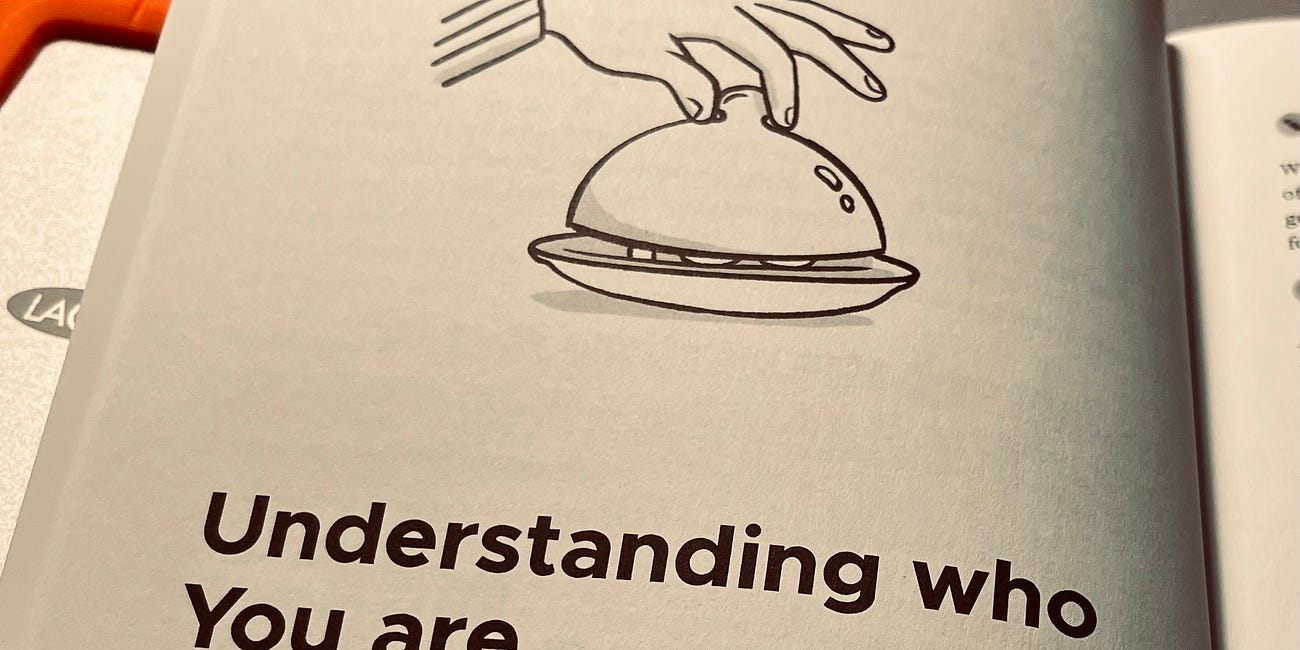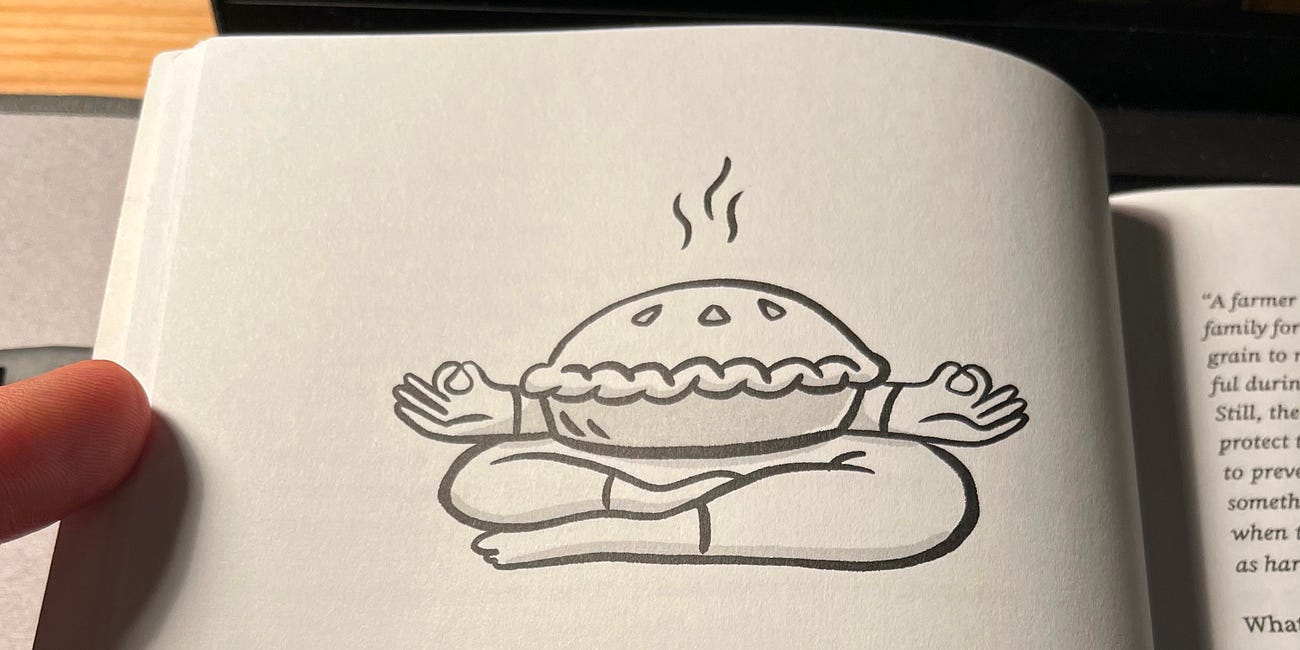Can you achieve Fearlessness?
Fundamentals of Growing Fearless – Part 3
If you’re aiming for success in any form, there’s one thing you’ll need to get clear about before you get there: your relationship with fear.
In my view, fearlessness is one of the most important concepts to master.
What is fearlessness?
Many people react to this word with disbelief. They say fearlessness is unattainable, impossible, even.
But the way I define it is different.
To me, fearlessness is a process, not a final state.
It’s like success, happiness, or entrepreneurship, concepts that describe the path, not the destination.
And yes, I do believe that going fearless is possible:
I can honestly say I’m less afraid than I was a few years ago.
And I feel more free.
Fearlessness is about growing with less resistance and fewer self-imposed limitations.
That process, sooner or later, leads us to understand Life’s Purpose.
Words like trust, bravery, and courage often come up when we talk about fearlessness, and they’re all part of it.
Fearlessness is the ongoing process of releasing unnecessary fear patterns so we can experience life more fully, with greater freedom and fewer self-imposed limitations.
Fearlessness is about carving out all of the resistance, insecurities, anxieties and needs to discover who we are fundamentally.
What is better, deciding with fear or deciding with freedom?
Most of us would agree: when we can see reality without anxiety, we make better decisions. But some might say they perform better under pressure. So… what actually leads to better decisions?
When our life or physical safety is at risk, our body and instincts often know what to do better than our thinking mind. Survival kicks in—and sometimes, it saves us.
But in non-life-threatening situations—like job decisions, new projects, creative risks, or personal growth—our mind becomes our primary tool.
And here’s the catch: the mind references the past.
It draws on our memories, fears, and patterns of behavior to predict outcomes and avoid discomfort.
That’s when fear sneaks in—not to save us, but to limit us. It narrows perception. It blocks new alternatives. And it clouds the opportunity that exists outside the known.
When we see reality with fewer limitations, we’re able to access our full range of experience and project into future scenarios with a wider lens—more options, more nuance, and clearer awareness of both possibilities and obstacles.
💡 The path to success becomes clearer when we decide with less fear—and fewer limits.
Will Smith, Fear and Success
I’ve always loved The Fresh Prince of Bel-Air. I followed Will Smith’s career closely because I found him hardworking, driven, and inspiring.
But as I started learning more about fear, I began to notice a subtle disagreement with the philosophy he embraced in his early days:
“My Fear Fuels Me,”
Back then, Will used fear as a motivator. Whenever he felt it, he attacked it—he bulldozed through it. But I couldn’t help asking: What about the source of that fear?
In my view, psychological fear isn’t just a signal to push past.
It’s a mental pattern—often built with good intentions—to protect us from something we once couldn’t handle. If we ignore the root cause, we risk becoming desensitized to the signal… but the pattern stays alive underneath.
By Will’s own account, what many people saw as supreme confidence was actually:
“my reaction to fear”, rooted in a “horrible fear of not achieving”.
He also said:
“I hate being scared to do something. I think what developed in my early days was the attitude that I started attacking things that I was scared of.”
That mindset took him far. But over time, his view evolved.
He began to see fear not as fuel—but as a mental illusion.
Something to be dissolved, not dominated.
In the film After Earth, he delivered a now-famous line:
“Fear is not real. It is a product of thoughts you create… Do not misunderstand me. Danger is very real. But fear is a choice.”
This later perspective is much closer to how I’ve come to understand fear.
Going fearless isn’t about charging through fear.
It’s about dissolving the patterns that no longer serve us.
It’s realizing that we don’t need to "cross" fear to reach joy and liberation—sometimes we just need to let go of it altogether.
You can check the previous parts of Fundamentals of Growing Fearless series:
Thank you for reading. If you’d like to share feedback, questions, or reflections, feel free to reply to this message or leave a comment.
Have a great weekend!
– Jose





